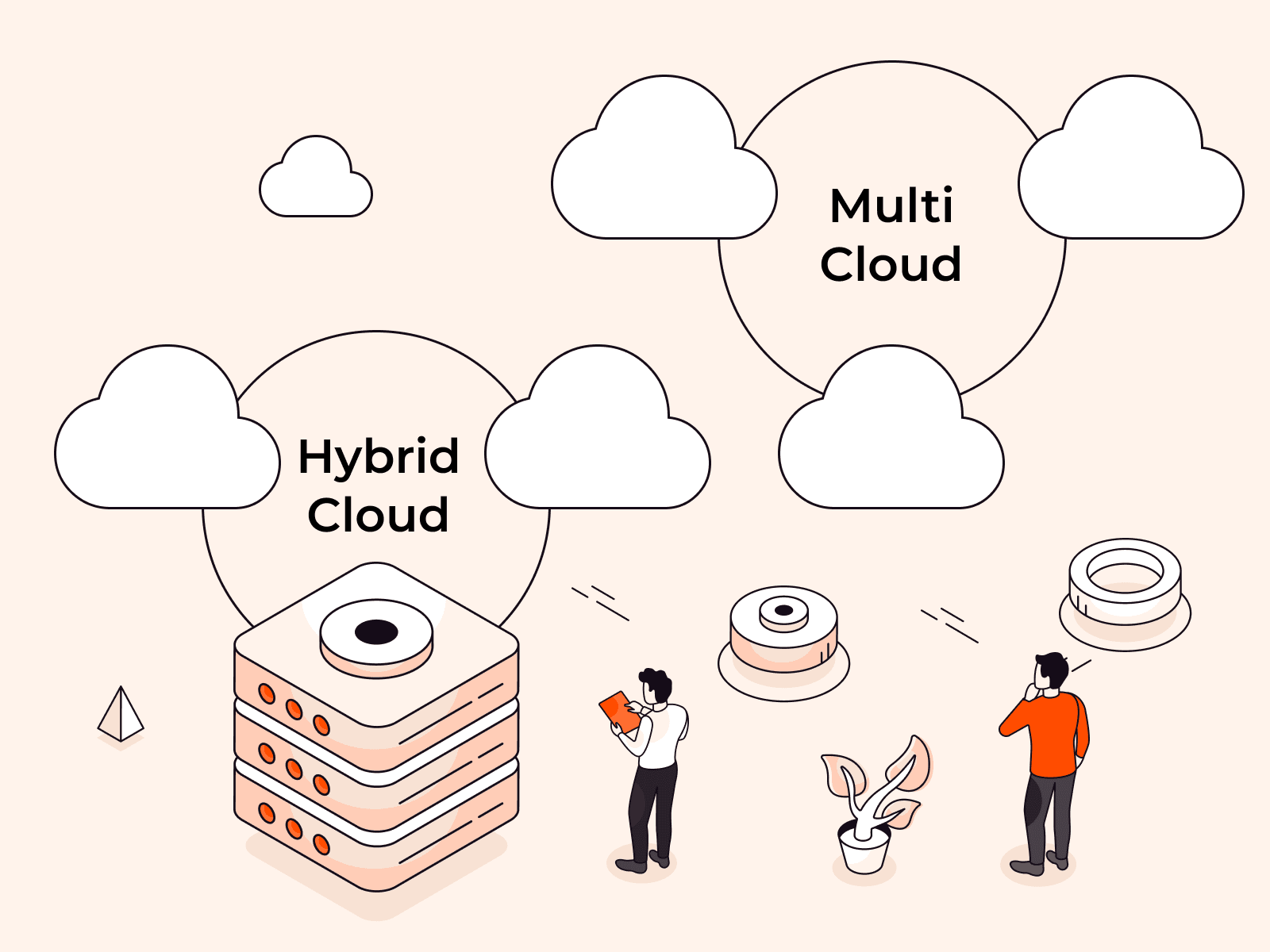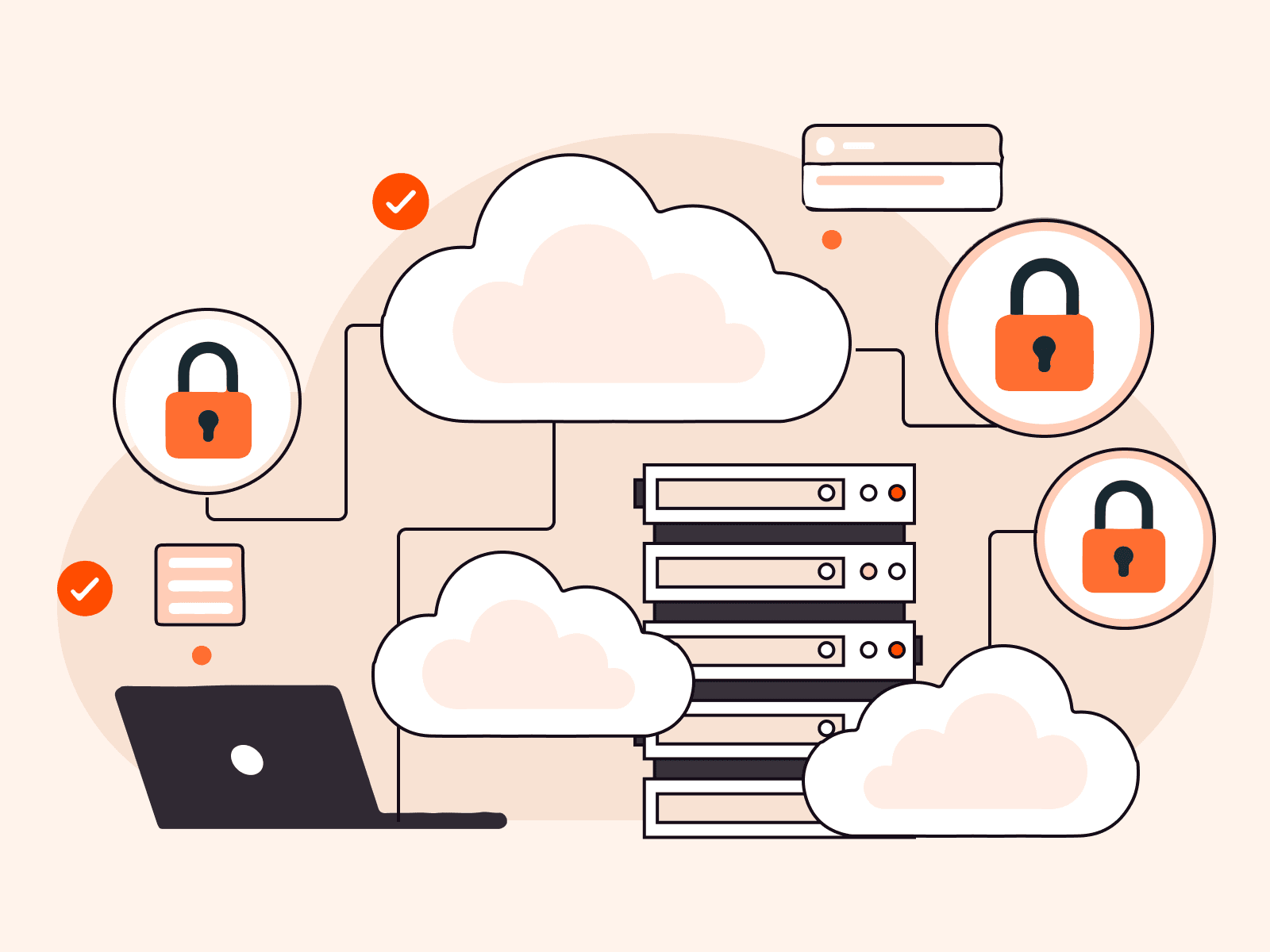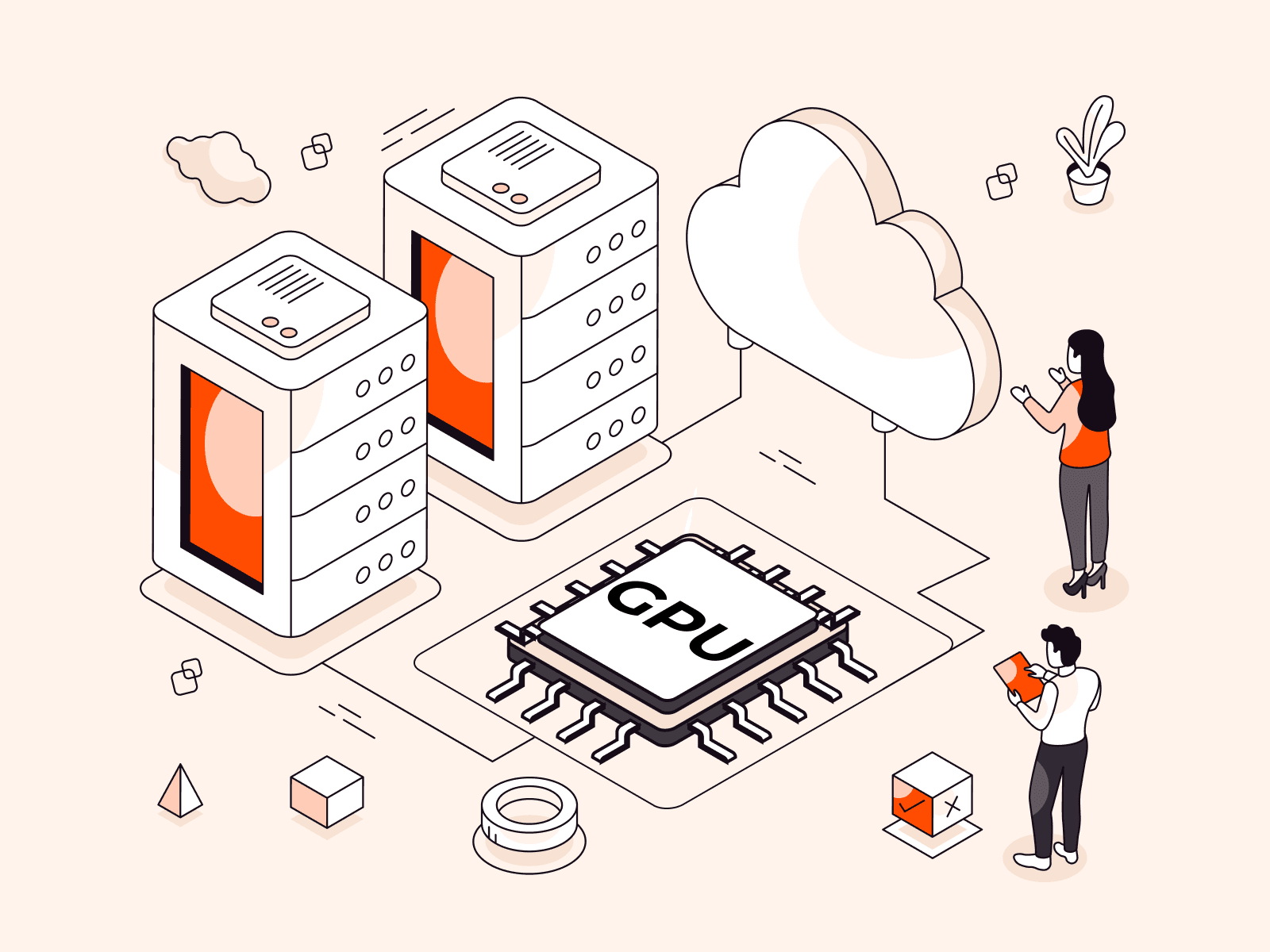If your emails are going to spam, it’s more than just an annoyance, it can damage your reputation and lose you customers and revenue. It can even stop your recipients seeing your message altogether: Some companies and institutions use filters that prevent the delivery of spam completely. Preventing your emails from going to spam is essential. While there is no single golden rule to ensuring you’re not marked as spam, there are some techniques you can use that together will help your emails land in their recipients’ inboxes. In this article, we’ll share tips from simple ideas you can apply right now, like how to optimize your email content and why an unsubscribe button matters, through to advanced strategies, such as authentication protocols and hiring professionals, so you can be confident your emails get seen.
#1 Optimize Content
The content of your emails plays a major role in determining whether they’ll be flagged as spam. Here are three essential practices that will help you to avoid your emails going to spam:
- Avoid attachments: Email providers and spam filters are often wary of emails with attachments, especially if they’re sent to a large number of recipients. This is because attachments are a common way of distributing malware. Include important information directly in the body of your email or provide links to files hosted securely online.
- Use appropriate capitalization: Writing your subject line or body text in all capital letters can make your email appear spammy. Stick to standard capitalization rules and avoid using all caps.
- Avoid trigger words and phrases: Certain words and phrases are commonly associated with spam emails. Although there is no comprehensive list of these trigger words, it’s advisable to steer clear of phrases often found in spammy emails. These could be phrases like “Congratulations, you’ve won,” “Get out of debt fast,” or “Be your own boss.”
The frequency and context matter too. Avoiding or limiting the use of these words and phrases, especially in your subject line and early in your email’s content, can help to increase your email’s deliverability and decrease the chance of your emails going to the spam folder. The most effective emails are often straightforward, concise, and written with the reader’s needs in mind.
#2 Adopt a Respectful Approach
It’s important not to be intrusive and to avoid stealth subscription techniques or overwhelming your subscribers’ inboxes. Instead, respect users’ boundaries and strive to provide quality content that the user finds valuable. Foster user engagement by making your subscriptions genuinely appealing, focusing on the quality and relevance of your content rather than the quantity. This respectful approach can significantly reduce the chances of your emails being reported by recipients as spam.
Use best practices to craft engaging emails, balance the frequency of communication, and reduce the likelihood of your emails ending up as spam. If you’re not sure where to start, hiring a professional may be the right choice.
#3 Offer an Unsubscribe Button
Do you remember repeatedly receiving unwanted emails with no easy way to unsubscribe? Thankfully, this issue is largely a thing of the past. Modern email service providers now require the inclusion of an unsubscribe button. Email client providers like Gmail and Outlook are likely to mark your emails as spam if you don’t include an unsubscribe button.
By including an unsubscribe button in your emails, you’re not only helping to keep your mail in recipients’ inboxes, you’re also respecting your recipients’ preferences and their control over their own inboxes. This move shows consideration for their time and attention, and it is also a key strategy for ensuring your emails avoid the dreaded spam folder. It’s a win-win situation where recipients feel valued, and your messages are less likely to be flagged as spam.
#4 Monitor Your Email Reputation
Keeping track of your email reputation is crucial for maintaining high deliverability rates. There are several ways to monitor and improve your email reputation:
- Track your ESP metrics: Email service providers usually offer comprehensive analytics that can provide insights into your email performance. Key metrics to pay attention to include bounce rates, spam complaints, and open rates. Regularly monitoring these can help identify trends, troubleshoot issues, and measure the success of your email campaigns.
- Use ISP analytics dashboards: Internet service providers (ISPs)—for example, postmaster.google.com and postmaster.outlook.com—offer tools to monitor your email sending reputation. These tools provide raw data that give you insights into various health metrics associated with your email activity and can help you spot potential issues. Only by identifying problems can you remedy them to keep your reputation in good standing.
- Leverage email testing tools: Online tools like mail-tester can be invaluable for performing routine checks on your email deliverability. These tools check for common issues such as blacklisting and signature verification that might prevent your emails from reaching the recipient’s inbox.
Maintaining a strong email reputation is an ongoing process that requires consistent monitoring and adjustment. It’s the bedrock upon which successful email marketing campaigns are built.
#5 Trust the Professionals
Consider relying on professional email service providers instead of attempting to establish your own email server, particularly if your business is not focused on email communication. The set-up process involves warming up IP addresses, managing blacklists, and numerous other less apparent aspects that could easily get overlooked or be implemented less than optimally. If you’re not well-versed with these technicalities, the expertise and service quality offered by professional email service providers could prove invaluable.
Some of the top-tier email service providers (ESPs) are Mailchimp, SendGrid, and Twilio. Their robust infrastructure and in-depth knowledge of email deliverability norms can help to ensure that your emails make it to the intended recipients’ inboxes rather than their spam folders. As experts in the field, they bring a deep understanding of spam filter algorithms and email deliverability standards, and specialize in making sure your emails bypass the spam filters and reach the intended recipients’ inboxes as a top priority. They can worry about the delivery leaving you free to focus on crafting your messages.
#6 Implement Authentication Protocols
Implementing authentication protocols is an advanced strategy that ensures that your emails are authenticated and verified, to stop your emails going to spam. However, as an advanced technique, you may need to contact an IT professional such as your mail service provider to set them up.
One of the limitations of traditional email protocols is the lack of reliable sender verification and authentication measures. However, newer standards—such as SPF, DMARC, and DKIM—have remedy this by providing additional layers of security to help prevent your emails from being flagged as spam.
SPF (Sender Policy Framework)
SPF provides an effective first layer of defense against unauthorized use of your domain in email communications, especially email spoofing. Email spoofing is a deceptive tactic in which an attacker sends an email that appears to come from a trusted source. The purpose is to trick the recipient into trusting its contents, which may contain malicious links, requests for personal information, or other deceptive content. SPF is an email authentication protocol designed to combat email spoofing, one of the most common methods used for spamming.
SPF is like a VIP list for your emails. It lets email servers know which places (IP addresses) are allowed to send emails on your behalf. By having this list, it’s easier to spot fake emails pretending to be from your domain. This means if an email claims it’s from you but isn’t on the list, the email server will likely flag it as suspicious or spammy, protecting your reputation. The list of approved IPs is stored within the domain’s DNS records.
DKIM (DomainKeys Identified Mail)
DKIM is another email authentication technique that adds a digital signature to each email you send. This signature is generated using a pair of private and public cryptographic keys. The private key is used to sign the email, while the public key, stored in your domain’s DNS records, allows the recipient’s mail server to verify the email’s authenticity. This tells the recipient that the email genuinely originated from your legitimate domain, reducing the likelihood of it being marked as spam.
You can image DKIM as a unique seal on your letters (emails). When you send an email, it gets this special seal. Upon arrival, the recipient’s email server checks the seal to ensure it’s genuinely from you. This seal is generated using a secret stamp, ensuring that only emails from you carry this specific signature.
DMARC (Domain-based Message Authentication, Reporting, and Conformance)
DMARC checks if emails are following the rules set by SPF and DKIM. If an email doesn’t meet these rules, DMARC gives instructions on what to do next. It offers three actions: “none” for passive monitoring and reporting without affecting email delivery, “quarantine” for flagging suspicious emails as spam, and “reject” which tells the recipient’s mail server to outright reject unauthenticated emails. DMARC ensures recipients can trust emails from your domain and offers insights into any delivery issues you might encounter.
Conclusion
It’s important to note that the exact algorithms used to filter emails are not fully transparent and often rely on complex AI and ML models that are continuously updated. This makes them somewhat unpredictable. However, by implementing best practices and monitoring your email analytics closely, you can significantly increase the likelihood of your emails reaching the intended recipient’s inbox rather than landing in their spam folder.
Gcore provides instant access to its virtual servers that offer worldwide coverage, excellent connectivity, and DDoS protection, making them an ideal solution for mail server setup. First, we invite you to explore Gcore Cloud VM to know more about Gcore virtual server offerings and try the virtual server configurator to find the best VM configurations for you. Then, you can set up and configure a mail server using Gcore Cloud VM (Virtual Machine.)
Explore our guide to install Gcore Cloud VM.
Related articles
Subscribe to our newsletter
Get the latest industry trends, exclusive insights, and Gcore updates delivered straight to your inbox.






